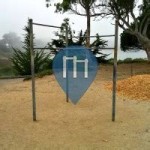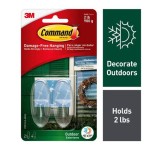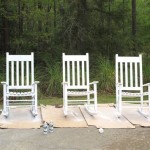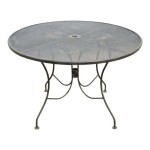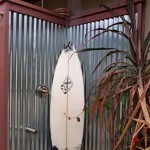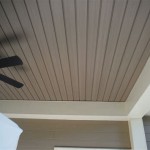Light Sensor Outdoor Lighting Not Working: Troubleshooting Essentials
Outdoor lighting that utilizes light sensors offers convenience and energy efficiency. However, when this lighting fails to work, it can be frustrating. Understanding the essential aspects of light sensor outdoor lighting can help you troubleshoot and resolve common issues.
1. Verify Light Sensor Placement
The light sensor is a crucial component that detects ambient light levels. Ensure the sensor is placed correctly. It should be pointed towards the area where you want the light to turn on automatically. Verify that the sensor is not obstructed by foliage, dirt, or other objects.
2. Check Power Source
Confirm that the light fixture is receiving power. Inspect the wiring and connections; ensure they are secure and not damaged. Test the fixture with a different power source, such as a different electrical outlet, to rule out any electrical issues.
3. Sensor Calibration Adjustment
Light sensors can sometimes require calibration adjustments, especially after initial installation or changes in ambient light conditions. Refer to the manufacturer's instructions for the specific calibration procedure. Adjust the sensitivity of the sensor to ensure it detects ambient light accurately.
4. Test the Light Sensor
Use a light source to simulate darkness or low light conditions. Point the light source at the sensor and observe if the light fixture turns on. If the light does not respond, the sensor may be faulty and may need to be replaced.
5. Check for Obstructions
Ensure that there are no obstructions blocking the sensor's field of view. Overgrown plants, tall fences, or other objects can prevent the sensor from detecting ambient light correctly, causing the light fixture to stay off.
6. Rule Out Environmental Factors
Extreme weather conditions, such as heavy storms or intense sunlight, can affect the performance of light sensors. Check if the sensor is exposed to excessive moisture or heat, which can damage or interfere with its functionality.
7. Consider Fixture Design
Some outdoor light fixtures have built-in time delay features. This means the light may not turn on immediately after darkness falls, but rather after a predetermined time delay. Check the fixture's specifications to determine if this is the case.
Conclusion
Troubleshooting light sensor outdoor lighting requires a systematic approach. By verifying sensor placement, checking the power source, calibrating the sensor, testing its functionality, and addressing potential obstructions, you can identify the cause of the malfunction and resolve the issue effectively. If DIY troubleshooting proves unsuccessful, it may be advisable to consult a qualified electrician for further assistance.

Motion Sensor Lights Tips To Reset Detector

How To Reset Outdoor Motion Sensor Lights Electronicshub

How To Troubleshoot Motion Detector Lights Solutions For Every Problem

How To Reset A Motion Sensor Light Lighting And Ceiling Fans The Home Depot

How To Reset A Motion Sensor Light Local Electrical Group

Here S Why Your Motion Sensor Lights Aren T Turning On Us Electric

How To Reset A Motion Sensor Light Lighting And Ceiling Fans The Home Depot

How To Troubleshoot Motion Detector Lights Solutions For Every Problem

How To Add A Light Sensor Outdoor Lanterns The Navage Patch

How To Replace Repair Of A Lamppost Sensor Simple 15 Diy


